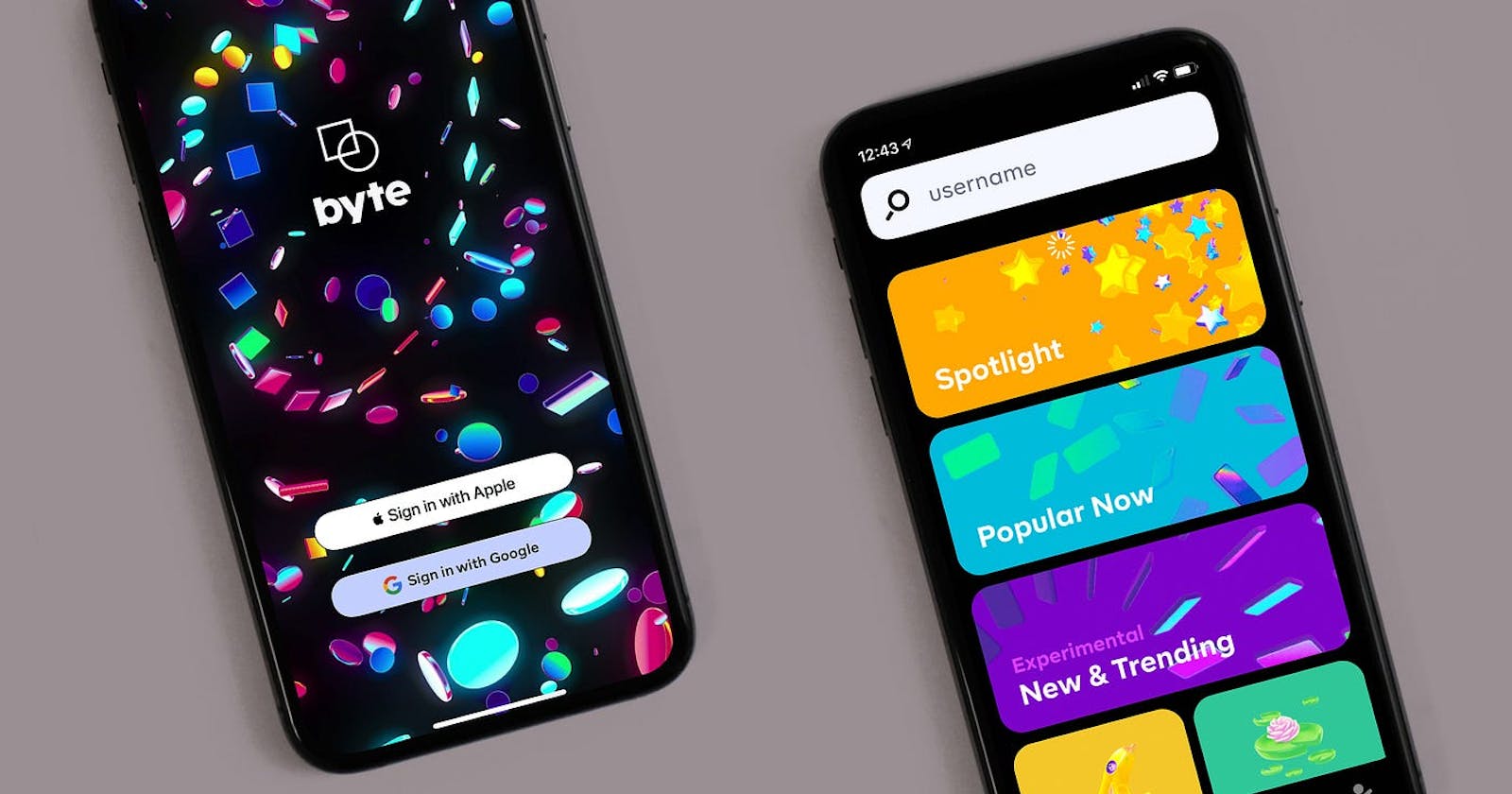I haven't gotten enough users for my app. I've wasted thousands of dollars on it. I don't know what's going wrong.
WRONG! ❌
I got 250K app downloads in just 90 days for my client by implementing these 5 Mobile app accessibility tips.
Let me guide you through exactly why your app isn't popular and how you can get 7X more users.
Click here to find out more: https://bit.ly/436ucyk 🚀
Based on data released by Business of Apps, 49% of downloaded mobile apps are uninstalled by users within a month. For mobile app owners, the top priority is to keep users engaged with their app and provide the best user experience (UX). One crucial factor that impacts user engagement and the overall success of the mobile app is its accessibility.
According to Statista, ~ 255 billion mobile apps were downloaded worldwide in 2022. This data demonstrates why the accessibility of mobile apps is crucial for the success or failure of any business or service.
5 Mobile App Accessibility Guidelines

5) Focus on Touch Targets
In simple words, navigation is a map for your user- if designed poorly user might feel lost, eventually abandoning the app owing to bad UX.
4) Make it Comprehensive
Icon plays a major role in making the mobile app accessible. So, placing and selecting the icon with the correct image is crucial as it can impact the overall user experience. Icons are signboards of the mobile app that guides the user to use the app accurately.
3) Consider Varying Screen Size
The layouts, font-icon size, and content volume should be designed keeping the screen sizes of different mobiles and tabs. The designer must design it in such a way that it dynamically fits the screen irrespective of screen size-from small to the largest mobile screen.
2) Play Gesture Game Correctly
The accessibility of the mobile app can be measured by how effectively the designer has implied gestures on the app. Mobile apps are predominantly designed to work through gestures on the touchscreen.
1) Try to Make it Inclusive
Inclusiveness is one of the major factors that affect mobile app accessibility. Making the app inclusive will help in attracting more active users and eventually helps in delivering a great user experience.
Keep reading here: https://bit.ly/436ucyk 🚀

